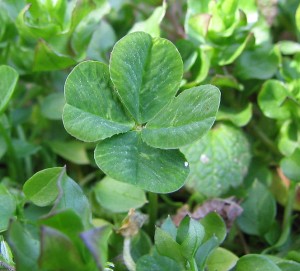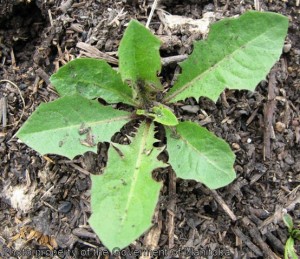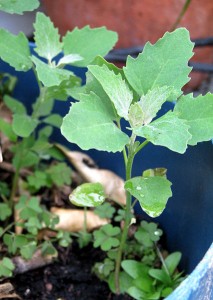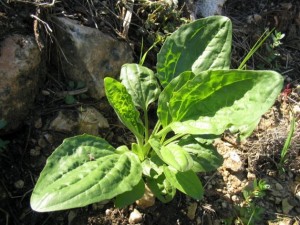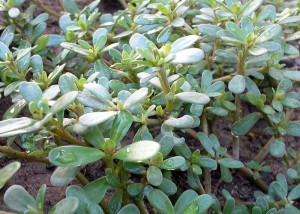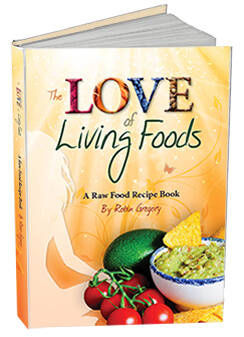Wild greens
2012
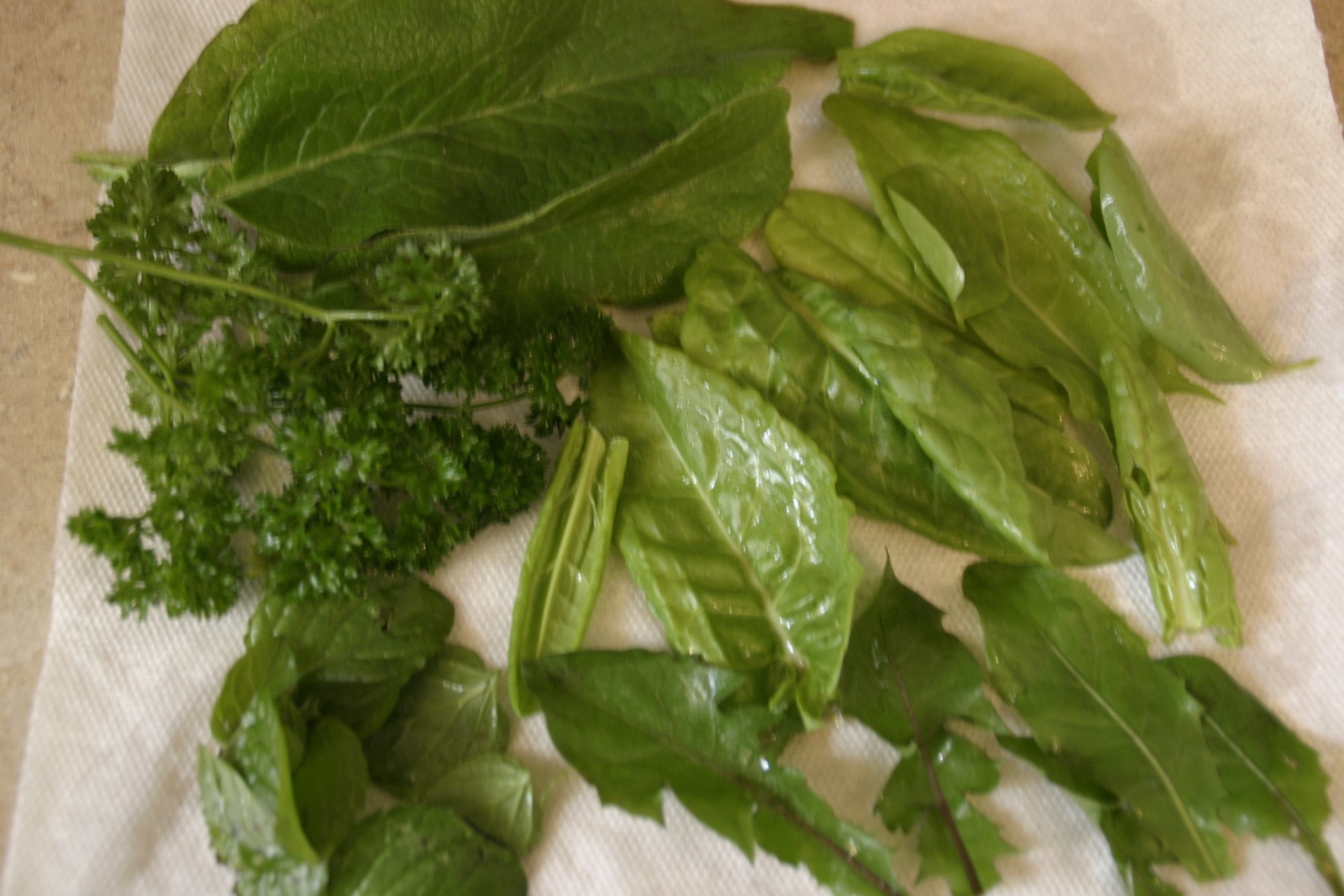
Wild greens can be found in your own backyard and can provide more nutrition than most domesticated greens found on grocery store shelves.
About – As well, they are free and provide a sustainable eating practice. Many of the most nutritious wild greens are plentiful and classified as weeds. Make sure to positively identify your wild greens as edible first. Many wild greens are delicious and healthful but some can make you sick, or worse. As a precaution, always eat a small portion of any new food, as a precaution against a strong reaction. Pick wild greens away from heavy traffic and in a clean area and always wash them before eating.
There are thousands of flavorful wild greens, such as: curly dock (aka yellow dock), milkweed, fireweed, watercress, shepherd’s purse, wood sorrel, sheep sorrel, chickweed, goutweed, cattails, common sow thistle, common spicebush, burdock, chicory, day lilies, miner’s lettuce, mugwort, mullein, nettles and more.
Below I’ve listed five of my favorite wild greens with descriptions, including nutritional data and benefits.
Clover is a small perennial plant that comes in both white and red varieties. Both have beneficial properties but the red clover is slightly larger and as well is considered more nutritious, and so it is my favorite. It is a wild plant that grows abundantly as a ‘weed’. The parts used of the plant are the flowers, leaves and stem. The flowers are often brewed to make a tea and have health properties but its leaves are the most nutritious part.
Nutrition – Clover is highest in the vitamins A, E, C, B2, and B3 and in the minerals calcium, lecithin, chromium, magnesium, potassium, silicium. Clover is considered to be one of the richest sources of isoflavons, which are known to kill some cancerous cells and used in cancer treatments. They especially protect against the development of breast cancer cells. Studies show red clover to reduce hot flashes, and reduce osteoporosis, in menopausal women. It is a good blood and lymph purifier and beneficial to detoxify the lungs, liver and kidneys. It is used to lower the concentration of uric acid in cases of gout. Clover is anti-asthmatic and a good expectorant, soothing coughs and relaxing muscles and bronchi. It is beneficial for respiratory problems. It is used as an anti-inflammatory agent and can decrease arthritis pains. It has a relaxing effect on the nervous system. Red clover aids in circulation and may help to prevent heart disease in several ways. It is thought to lower bad cholesterol levels and it promotes an increase in bile acid. As cholesterol is a major component of bile acid, by increasing its production more cholesterol is used and less is circulating in the body. Red clover also contains small amounts of coumarins, which help to keep blood from becoming thick and gummy and reduces the formation of blood clots and arterial plaque.
Dandelion is a perennial herbaceous plant with long lance shaped deeply toothed leaves. Its name comes from the French word ‘dent de lion’, meaning lions tooth. Dandelions grow in many areas all over the world. They are hard to exterminate and can grow in very adverse conditions. Dandelions are best in the spring before the flowers appear, and also in late fall. After a frost, their bitterness disappears. The younger, smaller leaves are less bitter than the larger older ones. You can also eat the flowers, but only use the yellow parts if so, as the green sepal at the flower base is bitter. All parts of the dandelion are edible and the whole herb has a curative effect.
Nutrition – The dandelions leaves are very nutritious. They are high in B vitamins, with B1, B2, B5 and B6 as well as biotin, vitamin H, which is classified as part of the B complex group. Biotin helps the body to metabolize fats and proteins and is needed for healthy skin, hair, eyes, liver and for the nervous system to function properly. Dandelions are high in vitamins C, E and have a higher beta-carotene content than carrots. For minerals they are highest in potassium, phosphorus, magnesium, iron, calcium and zinc. Dandelion also contains an abundance of healthful substances, including: taraxacina, what makes it bitter, as well as protids, glucids, pectins, sterols, inulin and tannins.
Dandelion is alkalizing and has high levels of anti-oxidants. It is highly detoxifying and makes a great kidney and blood purifier. Dandelion stimulates the stomach, liver and bile and helps to eliminate the toxic products of metabolism. It can act as a gentle diuretic, which unlike pharmaceutical diuretics, doesn’t leach potassium from the body. Drinking dandelion root tea also is claimed to reduce urinary stones. Dandelion is good for the bladder, spleen and pancreas. They are especially beneficial for the digestive and the urinary systems. Consuming them is especially recommended for sedentary people or people under stress.
Lambs Quarter is a relative of spinach and has a light flavor similar to it. It grows in many areas and has many local names such as goosefoot and pigweed. It is recognizable by its diamond shaped jagged leaves with white powdery undersides. The whole plant can be eaten when young and is especially good in the spring and early summer. After that, the upper leaves are best and like the dandelion, smaller are better. Unlike the dandelion, however, it is rarely bitter. Lambs quarter was a staple for many early pioneers. It loves humus rich soil and farmers would often look for lambs quarter when buying land to determine the quality of the soil. It is one of a number of plants which help transform poor soils by putting out a deep root system to break up the soil and bring nutrients to the surface.
Nutrition – Lambs quarter has more nutrients than most domestic green leafy vegetables, including spinach. It is full of vitamins and minerals. Lambs quarter is a great source of beta carotene, B complex vitamins and vitamin C. It is high in potassium, phosphorous and has one of the highest amounts of calcium of any green leafy plant. The leaves contain some oxalic acid but because the quantity of calcium is so high, it is still a good source. It is high in fiber and has one of the highest amounts of protein, with 4.2 grams per 100 grams. Like other green plants, it aids the liver in the production of bile and reduces hardening of the arteries and lowers cholesterol.
Plantain is a perennial ‘weed’ that can be found almost anywhere in North America and much of Europe. Plantain grows in sun to shade and in almost any type of soil; it is very adaptable. There are 200 species of it, the most common being Plantago major. It is a low growing plant with broad oval, ribbed, short stemmed leaves that form a basal rosette and tend to hug the ground. Plantain is often plentiful and can be harvested anytime from early spring to frost. The leaves seeds and roots all are nutritious and have medicinal properties. The leaves have a mild taste, similar to, and can substitute for, spinach.
Nutrition – Plantain has been used for its medicinal effects since ancient times. It was used as a panacea (a cure all, or medicine for everything) in some cultures. One American Indian name for the plant translates as “life medicine.” Plantain is very high in beta carotene, which the body converts into vitamin A, and vitamins B1, C and K. It is very high in calcium. Some of the most notable substances found in plantain are: allantion, apigenin, aucubin, baicalein, linoleic acid, oleanolic acid, sorbitol, and tannins. Allantoin promotes wound healing and speeds up cell regeneration. Acubin is a powerful anti-toxin. These substances together give plantain its powerful antioxidant, antiseptic, antimicrobial, anti-inflammatory, diuretic, expectorant and haemostatic properties. Medical studies show it to be effective for asthma, emphysema, bladder problems, bronchitis, fever, hypertension, rheumatism and blood sugar control. Plantain is a powerful detoxifier. It removes heavy metals and poisons from our body. Plantain can be used as a poultice on the skin to draw out venom from snake bites and bee or hornet stings. Use a poultice of mashed leaves, in an emergency chew with saliva, and place on infected area. It has antibacterial properties and a poultice will also draw out thorns or splinters. It is said to cause a natural aversion to tobacco and chewing the leaves is said to be a good quit-smoking aid. It is currently being used in stop smoking preparations.
Purslane is a common ‘weed’ that grows in most countries around the world. Purslane is one of the smaller wild greens, which grows horizontally and rarely over two inches. It hugs the ground and has reddish-purple stems and small paddle shaped leaves similar to a jade plant in miniature. Purslane is a delicious and nutritious leaf vegetable, with a slightly sour and salty taste. The stems, leaves and flower buds are all edible. It is most nutritious when eaten raw, and can be added to salads or green smoothies, or can be steamed or cooked, like spinach, and because of its mucilaginous quality is great in soups. Purslane is a food favored by Ghandi and also well liked by Henry David Thoreau. It was used medicinally in Hippocrates time, the Egyptians used it for heart conditions and it has been popular in many cultures since then. It has been used as a folk medicine for a multitude of conditions. Purslane is one of the most common plants in the world but its benefits are relatively unknown to the average person.
Nutrition – Purslane is high in nutrients and antioxidants. It has more omega 3 fatty acids than any other leafy vegetable plant. Purslane contains beta carotene, which the body converts to vitamin A, some B vitamins and loads of vitamin C and vitamin E. For minerals it is highest in magnesium, calcium, potassium, iron and manganese. It has two types of alkaloid pigments, its reddish betacyanins and its yellow betaxanthins, both of which are powerful antioxidants and shown to have anti-mutagenic properties. Purslane has 2 times the antioxidant level of commercial cranberry or grape seed extracts. Purslane has essential amino acids, pectin, which is beneficial to reduce LDL (bad cholesterol), and CoQ-10, an antioxidant found in most cells that is responsible for energy production. Purslane has been shown to have antiseptic, antibacterial, antifungal, vermifugal, diuretic, anti-spasmodic, anti-asthmatic and anti-inflammatory properties. Purslane is especially good for our skin, urinary and digestive systems.
